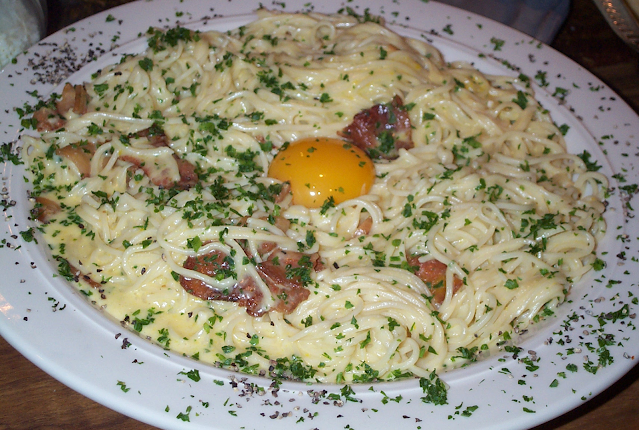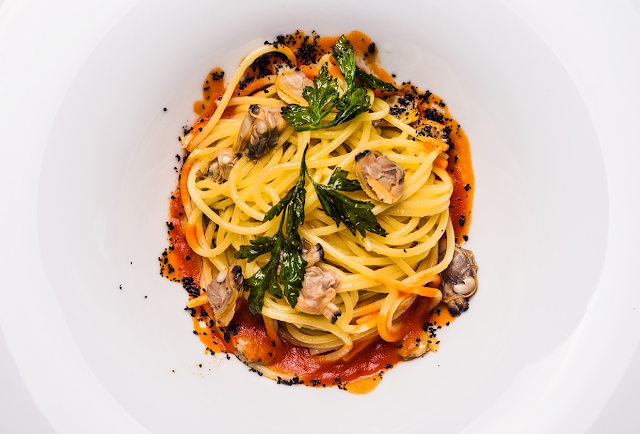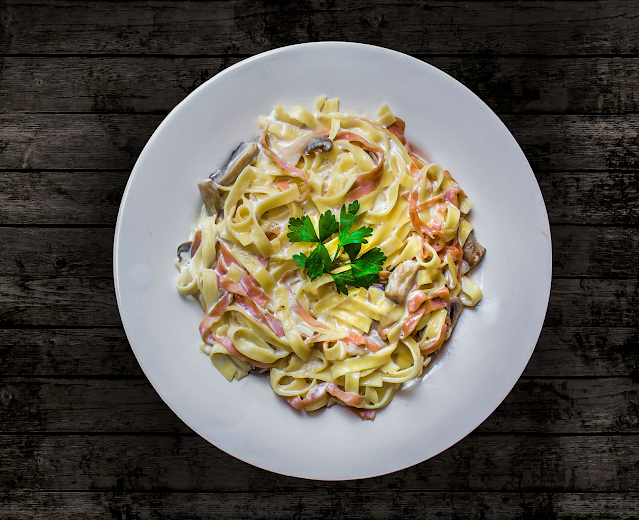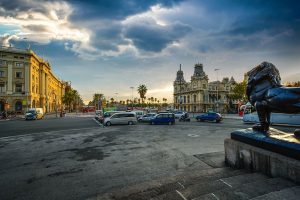Carbonara is a Roman Italian pasta made with eggs, hard cheese, marinated pork and black pepper. This dish appeared under its modern name (current name) in the middle of the 20th century. Cheese is usually Pecorino Romano, Parmigiano-Reggiano or a combination of the two.
Spaghetti is the most common pasta, but fettuccine, rigatoni, linguine, or bucatini can also be used. guanciale or pancetta are usually used in meat ingredients, but lardons of smoked bacon is a common substitute outside of Italy.
Before World War II, the names of “pasta pasta” and “spaghetti macaroni” had not been recorded. The name of carbonara was first proven in 1950, when the Italian newspaper La Stampa described the name of carbonara as a dish sought after by American officers after the liberation of Rome in 1944. When many Italians were eating eggs and bacon provided by the US military, it was described as “Roman cuisine.”
How to Prepare:
The pasta is cooked in moderately salted boiling water. The guancialeis briefly fried in a pan in its own fat. A mixture of raw eggs (or yolks), grated Pecorino (or a mixture with Parmesan), and a liberal amount of ground black pepper is combined with the hot pasta either in the pasta pot or in a serving dish, but away from direct heat, to avoid curdling the egg.
The fried guanciale is then added, and the mixture is tossed, creating a rich, creamy sauce with bits of meat spread throughout. Although various shapes of pasta can be used, the raw egg can only cook properly with a shape that has a sufficiently large ratio of surface area to volumes, such as the long, thin types fettucine, linguine, or spaghetti.
Guanciale is the most commonly used meat in Italian cuisine, but pancetta and pancetta affumicata are also used. In English-speaking countries, bacon is often used as a substitute. The commonly used cheese is Pecorino Romano; occasionally there is Parmesan cheese.
The recipes use eggs in different ways-some use whole eggs, some use only the yolk, and some use mixed eggs.





